The sacred Pilgrimage of Kedarnath is located in the Rudraprayag district of Uttarakhand amidst the majestic Himalayan Mountains. Thousands of tourists every year undertake a difficult journey to Kedarnath to rejuvenate their senses and attain spiritual bliss. The temple lies near the sacred Mandakini River which is an amazing visual spectacle. In this blog post, we will give you comprehensive information about every essential facet of the journey of Kedarnath Dham to enable you to make informed decisions about Kedarnath Dham Tour planning.
Kedarnath Dham Temple at Glance
| Kedarnath Dham Temple Presiding Deity | Lord Shiva as Sadashiv Form |
| Origin of Kedarnath Temple | Constructed by Adi Shankaracharya in the 8th Century CE |
| Location of Kedarnath Temple | Rudraprayag Garhwal |
| Best Time to Visit | May, June, July September, October, and November |
| Spiritual Significance of Kedarnath Temple  | One of the 12 Jyotirlingas |
|  Kedarnath Temple is  Famous For | Char Dham Site, Pilgrimage Journey |
History of Kedarnath Dham
The historical significance of Kedarnath Dham spans the centuries. Many great saints, scholars, and pilgrims of different cultural backgrounds visited the sacred realm of Lord Kedarnath for divine wisdom. According to Mahabharata, Pandavas built Kedarnath Dham Temple where they performed severe penance to please Lord Shiva to absolve them from the sin of killing their relatives and kin in the war of Mahabharata. The temple was revived by the great saint Adi Shankaracharya in the 8th century CE. He recognized the spiritual significance of the temple and the need for its restoration. So, he revived the dilapidated structure and laid the foundation of the sacred Char Dham Yatra.
Mythological Significance – Lord Shiva’s Divine Connection to Kedarnath
Mythology unveils a profound connection between Lord Shiva and Kedarnath. Kedarnath is a place where Lord Shiva performed severe penance to absolve himself from the sin of Brahma Hatya as he accidentally killed a Brahmin. The walls and intricate carvings of the temple showcase this divine redemption. The sacred conical Shiva Linga within the sanctum shows the essence of this mythological tale.
Another legend says that the historical name of the place called Kedarnath is Kedar Khand. The Pandavas of the Mahabharata after killing and defeating Kauravas felt guilty of killing their relatives. So they decided to pray to Lord Shiva to absolve themselves from the sin of killing their kin. Lord Shiva did not want to forgive them easily so he hid himself in Kedarnath in the form of a bull. Nobody was able to recognize him but Bhima, one of the five Pandavas recognized him and held the hind part of the bull tightly. Lord Shiva in the form of a bull immersed in the ground and left his hind part on the surface. The other body parts of the bull form appeared at different places which are some of the most revered places of Lord Shiva. These places are Tungnath, Rudranath, Madhmaheshwar and Kalpeshwar.
The Resilience of Kedarnath: Overcoming Natural Calamities
Despite all the challenges faced by the Kedarnath temple, its courage represents the utter triumph of humanity over adversity. In the year 2013, the region suffered a terrible flood that destroyed on an immense scale to the temple and its surroundings. Nevertheless, the undaunted spirit of the local people, with the support of the government, as well as the participation of several agencies, made this journey into a miraculous restoration process. The restoration of the temple and the town was a marker of collective might, symbolizing of the inseparable connection between the human faith and the unpredictable forces of nature. The restored Kedarnath site symbolizes the triumph of the spirit over the adversities of life and the refusal to look at one’s loss as destructive, rather seeing it, on the contrary, as the foundation for the reconstruction of the sacred grounds, preserving the aura of the temple in all its spiritual grandeur.
The Charismatic Architecture: A Blend of Devotion and Design
The architecture of Kedarnath temple is a marvelous combination of subtle devotion and skillful design. It exposes the depth of people’s devotion to the spiritual world and represents their artistic ways. Fashioned from durable grey stone, the walls of the temple are adorned with intricate carvings that depict stories from Hindu mythology. The spectacular domed Shiva Linga, which is the core part of the sanctum, represents a divine aura of deep spirituality. The architecture not only appeals visually but also conjures up a sense of deep devotion, attracting pilgrims into a world of awe where divine presence and artistic mastery collide in a crescendo of aesthetics and faith.
Kedarnath Today: A Modern-Day Pilgrimage
The modern age has seen the incorporation of innovation to provide reliability and preservation of the sacred heritage at the same time, and so they blend perfectly in the fields of traditions and convenience. Accessibility has been facilitated by motorable roads and helicopter services thus bringing more pilgrims and therefore making the journey less strenuous. Pilgrims can now select between the historic route or the transport alternatives, which allows them to set their own pace and mode to suit the journey. However, even with these technological developments, the spiritual mission of the pilgrimage keeps the purpose alive as pilgrims head on an adventurous trip to get in touch with the divine, while experiencing the splendor of the Himalayan terrain.
Conclusion
A trip to Kedarnath Dham is not confined within the physical boundaries of a temple; rather it is a movement in time and space that dwells on myth, belief, and divinity. It is an unmistakable symbol of devotion, a remarkable story of human resilience, and an opportunity to relive the magnificence of the natural world. The journey of pilgrims to this Himalayan abode is an ongoing process of being a part of the living history of Kedarnath.
FAQs
Q1: How do I reach Kedarnath Dham?
A: The most common route to reach Kedarnath Dham temple is through Haridwar or Rishikesh. They are the gateway to reach Char Dham destinations in Uttarakhand.
Q2: Are there any age restrictions for visiting the temple?
A: No, there are no specific age restrictions to reach Kedarnath Dham Temple. However, you must know that Kedarnath is located in high altitude areas of the Himalayas. So reaching Kedarnath needs proper planning. It is very important to consult a doctor before planning the trip if you are not physically fit.
Q3: Can I visit Kedarnath during the winter months?
A: In winter, Kedarnath Temple remains closed. The entire landscape is covered in snow which makes the road inaccessible to reach Kedarnath Dham.
Q4: Are photography and mobile phones allowed inside the temple?
A: To maintain the sanctity and cultural values of the place, it is not allowed to take photographs and make videos of the temple premises.
Q5: Is there accommodation available for solo travelers?
A: Yes, there are good accommodation options available for solo travelers in Kedarnath Dham.

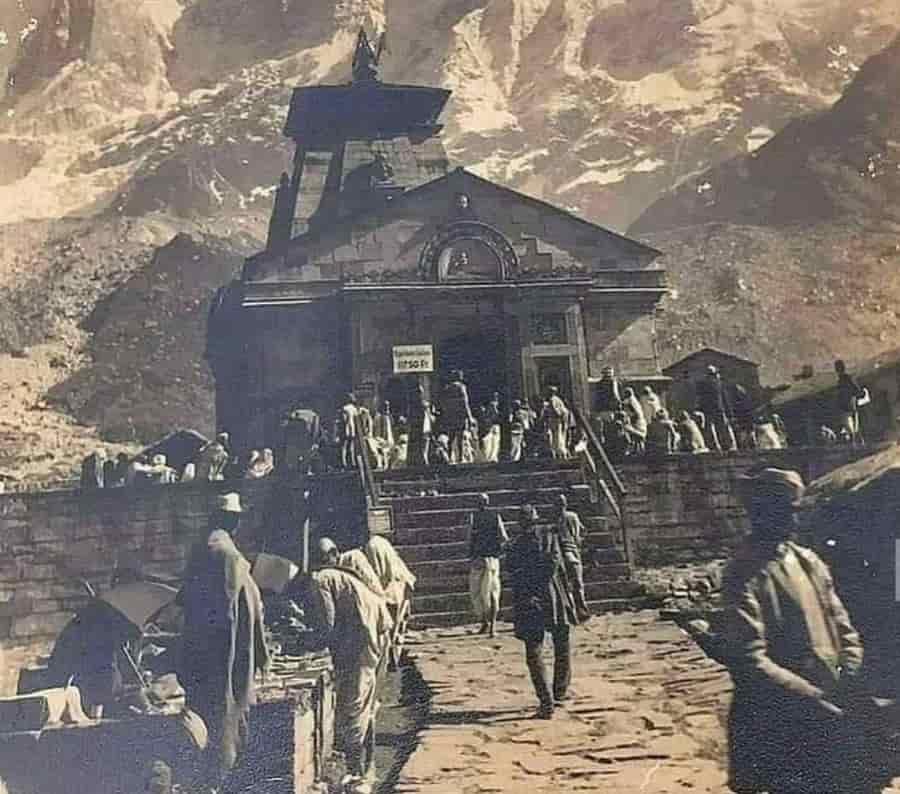

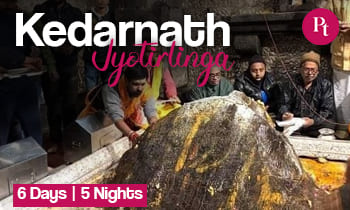
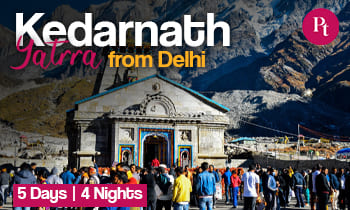


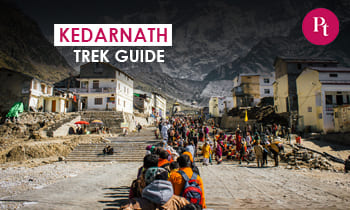
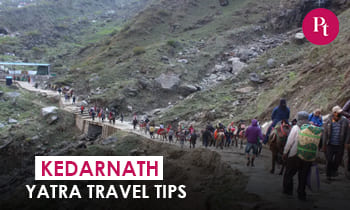


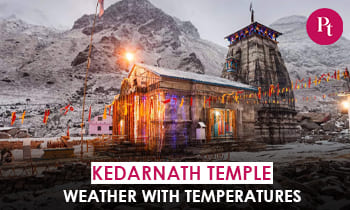
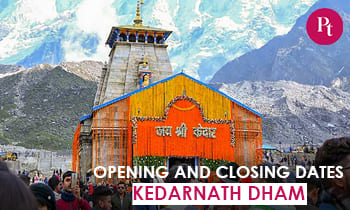





 Call
Call WhatsApp
WhatsApp Enquiry
Enquiry